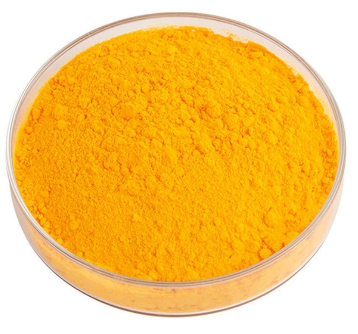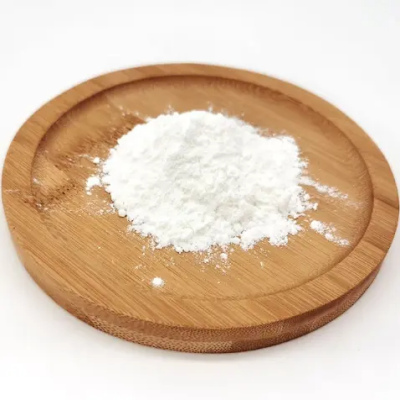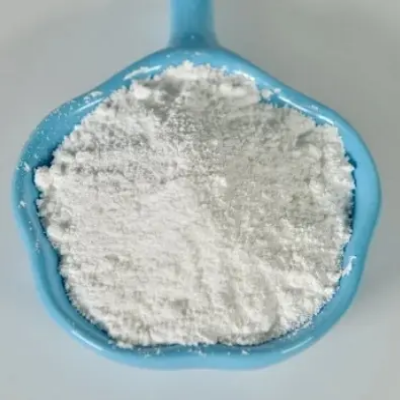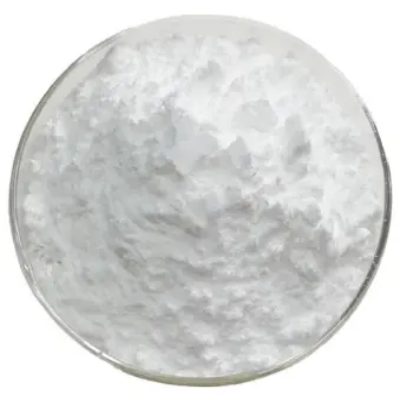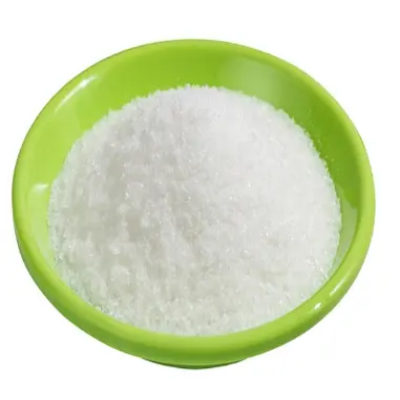Bis(neopentyl glycolato)diboron CAS:201733-56-4
Bis(neopentyl glycolato)diboron has garnered attention in both academic research and industrial applications due to its versatility in synthetic chemistry. One of its primary uses is as a reagent in cross-coupling reactions, particularly in Suzuki-Miyaura coupling. In this context, bis(neopentyl glycolato)diboron serves as a boron source, facilitating the formation of carbon-carbon bonds between aryl or vinyl halides and organo-boron compounds. This reaction is critical for the synthesis of complex organic molecules, including pharmaceuticals, agrochemicals, and advanced materials. Another important application of this compound lies in the development of new synthetic methodologies that exploit its boron atoms' unique reactivity. Researchers have utilized bis(neopentyl glycolato)diboron in the synthesis of various functionalized compounds, such as alcohols, amines, and ethers, through selective bond-forming processes. Its ability to efficiently transfer boron functionality makes it a valuable tool in constructing complex molecular architectures. In addition to its role in synthetic organic chemistry, bis(neopentyl glycolato)diboron has potential applications in materials science. The compound can be used in the preparation of boron-containing polymers and materials, which exhibit interesting properties like enhanced thermal stability, flame retardancy, and improved mechanical performance. Such materials are increasingly sought after in industries ranging from electronics to construction. Furthermore, bis(neopentyl glycolato)diboron plays a role in studying and developing new catalytic systems for organic transformations. Its compatibility with various transition metal catalysts can lead to the establishment of more efficient and selective catalytic processes, which is crucial for green chemistry initiatives aimed at reducing waste and energy consumption in chemical manufacturing. Overall, bis(neopentyl glycolato)diboron is a versatile reagent with a wide range of applications in synthetic organic chemistry, materials science, and catalysis. Its unique structural features and reactivity profile enable it to facilitate important chemical transformations, making it an essential compound for researchers and industries alike. As ongoing research continues to explore its potential, the scope of its applications may expand even further, highlighting its significance in modern chemistry.



| Composition | C10H20B2O4 |
| Assay | 99% |
| Appearance | white powder |
| CAS No. | 201733-56-4 |
| Packing | Small and bulk |
| Shelf Life | 2 years |
| Storage | Store in cool and dry area |
| Certification | ISO. |




